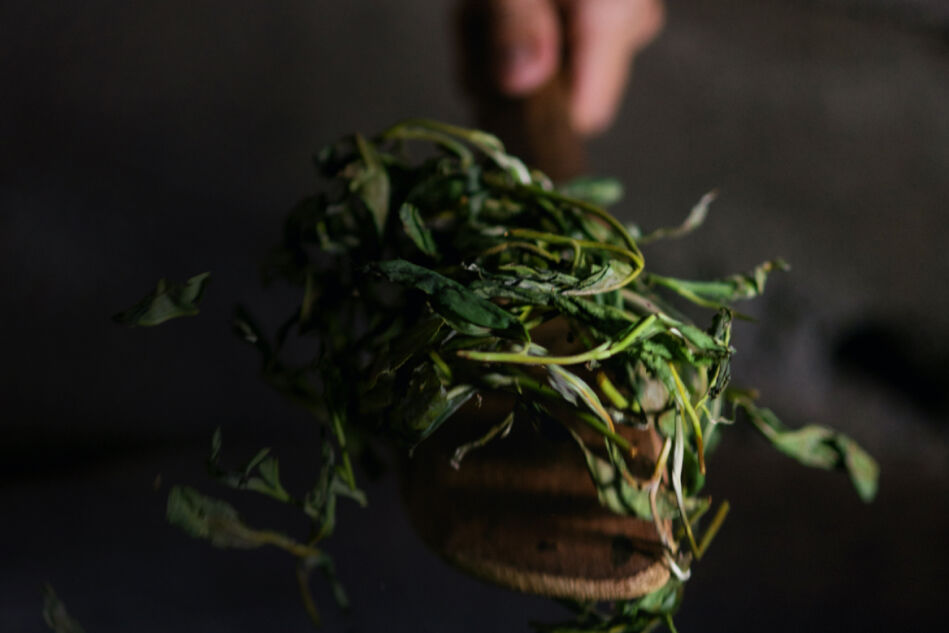Right time, right taste.
5 facts about tea harvesting

The guiding principle for harvesting tea is: stick to the roots - in the true sense of the word. Tea leaves are picked by hand and with a great deal of skill and dexterity. This method not only retains the freshness, but also ensures a milder taste. With expert eyes, the workers only select the youngest shoots that are ripe for picking.
They weed out the older leaves or stems that would make the tea fibrous and negatively on the taste. The following five facts list the other aspects, besides skill, that are important for harvesting tea.
#1 Good things take time.
Good flavour requires patience - this not only applies to the time tea needs to infuse in the pot, but also to what happens before. It can take between four and twelve years before a tea plant is ripe enough to shoot. And another three years may elapse before the first leaves can be harvested.
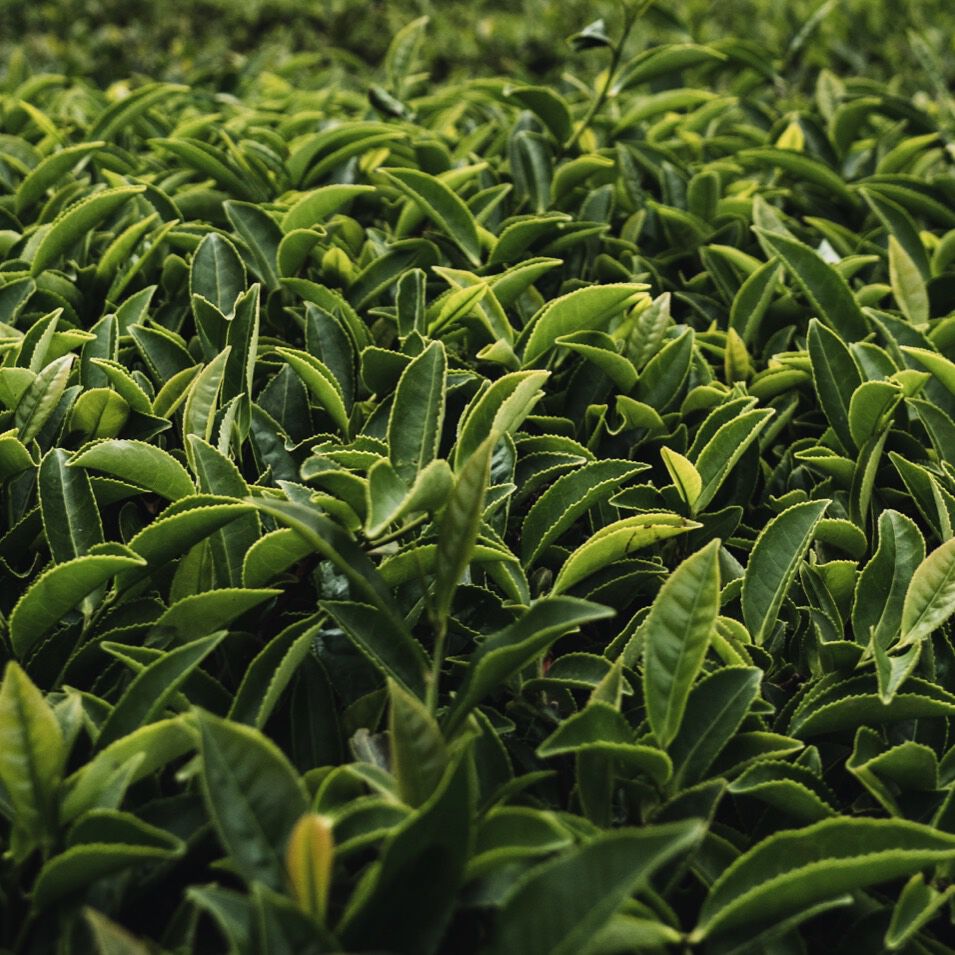
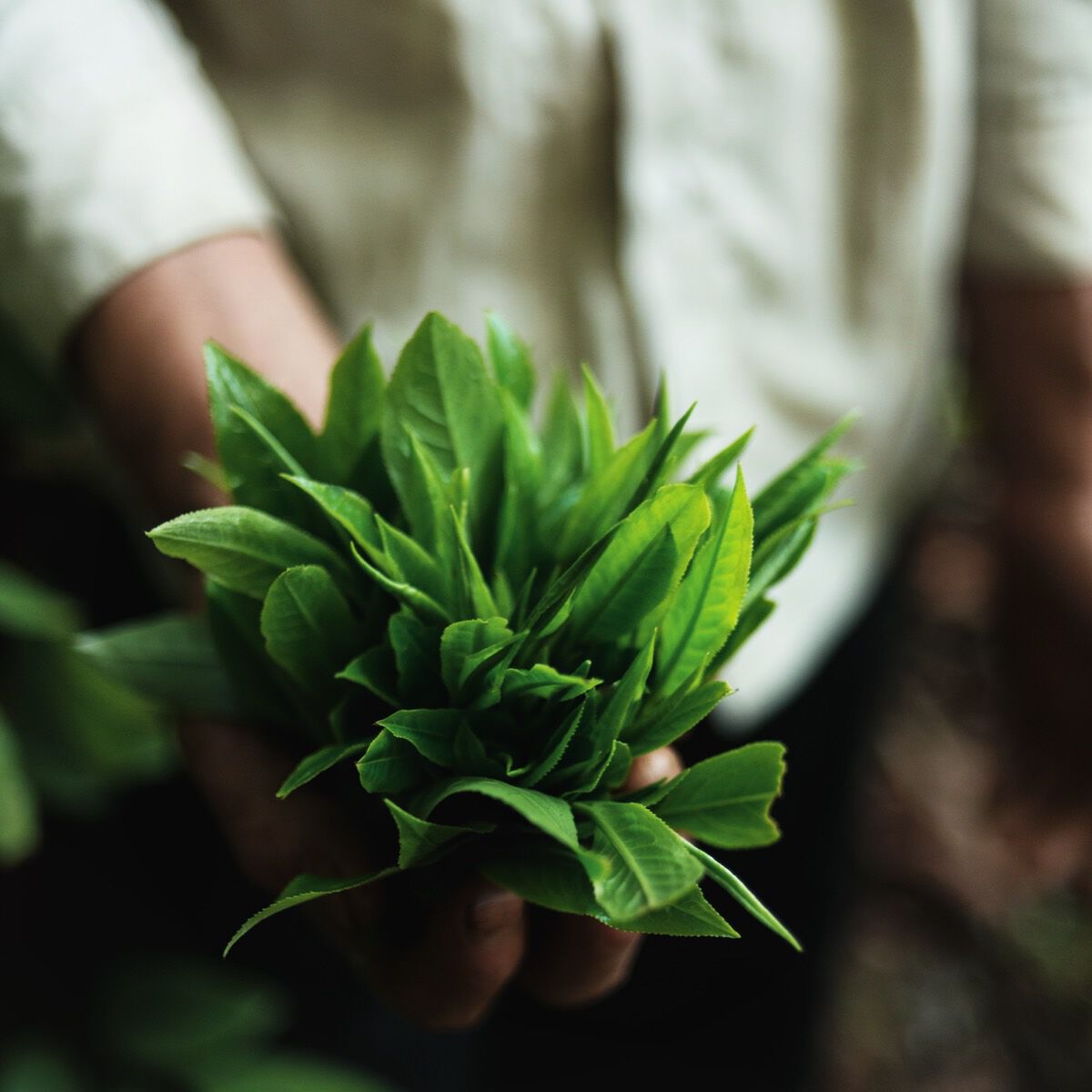
#2 Saving the best ... for first?
Tea is harvested several times a year, in spring, towards the end of summer and in autumn. But for many varieties, the motto is: "Saving the best ..for first". Because the tea plant enters a dormant period during winter, growth during this time is slower and the aromas are stocked up on the inside. After four months the tea plants come out of this winter dormancy and produce young light green leaves that are packed with nutrients and flavour. In the case of green tea, the leaves that come from the first "sencha” harvest are considered to be the best quality. During the second half of the year increasing temperatures result in more difficult harvesting conditions. Furthermore, the sun speeds up the growth of the tea leaves, which then negatively affects the quality of the taste and reduces their value.
In the case of Darjeeling tea, the very first plucking of the plant's harvest season is known as first flush amongst experts. And matching this time of the year, the tea from this harvest has a spring taste: floral, fresh and fruity. Summer harvests, on the other hand, result in spicier, darker brews. The last harvest of the year takes place in autumn and produces milder teas that are particularly suitable for enjoying in the afternoon.
#3 Let’s talk about the weather!
All good things come in threes - in tea harvesting, too. The time of harvest depends on the synergy of sunlight, temperature and rainfall. Sunlight allows the plants to thrive and grow more robust leaves, which develop a stronger, more aromatic flavour as a result. Accordingly, plantations in forests or at misty higher altitudes need more time.
No rain, no flowers - or rather: no rain, no tea leaves. For the tea plant to grow, it needs sufficient moisture. There should be at least 1,000 millimetres of rainfall per year. This roughly equates to the annual rainfall experienced in Munich or New York. And as the temperatures drop closer to zero during the colder seasons, so too does the growth rate of the leaves. Even at around 10 degrees Celsius, the tea plant goes into dormancy fora few months. With the exception of the most southern cultivation regions in China, no harvesting therefore takes place during winter.
Since weather conditions vary the timing harvesting also differ. But generally the following applies: the further north the plantations, the shorter the harvesting season. In southern regions such as Indonesia, Sri Lanka, Kenya, South India and China, the season lasts (almost) all year because of the temperatures.
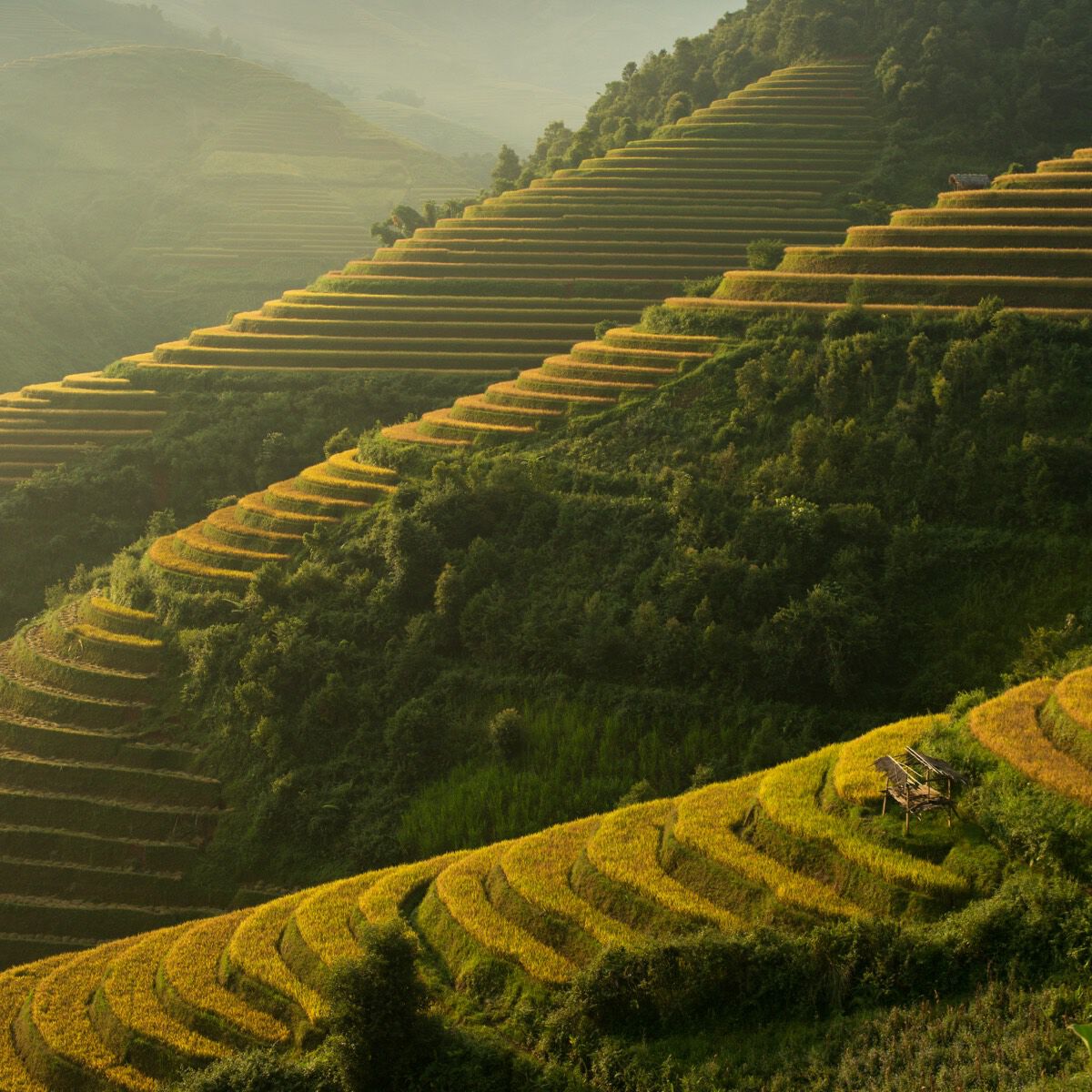
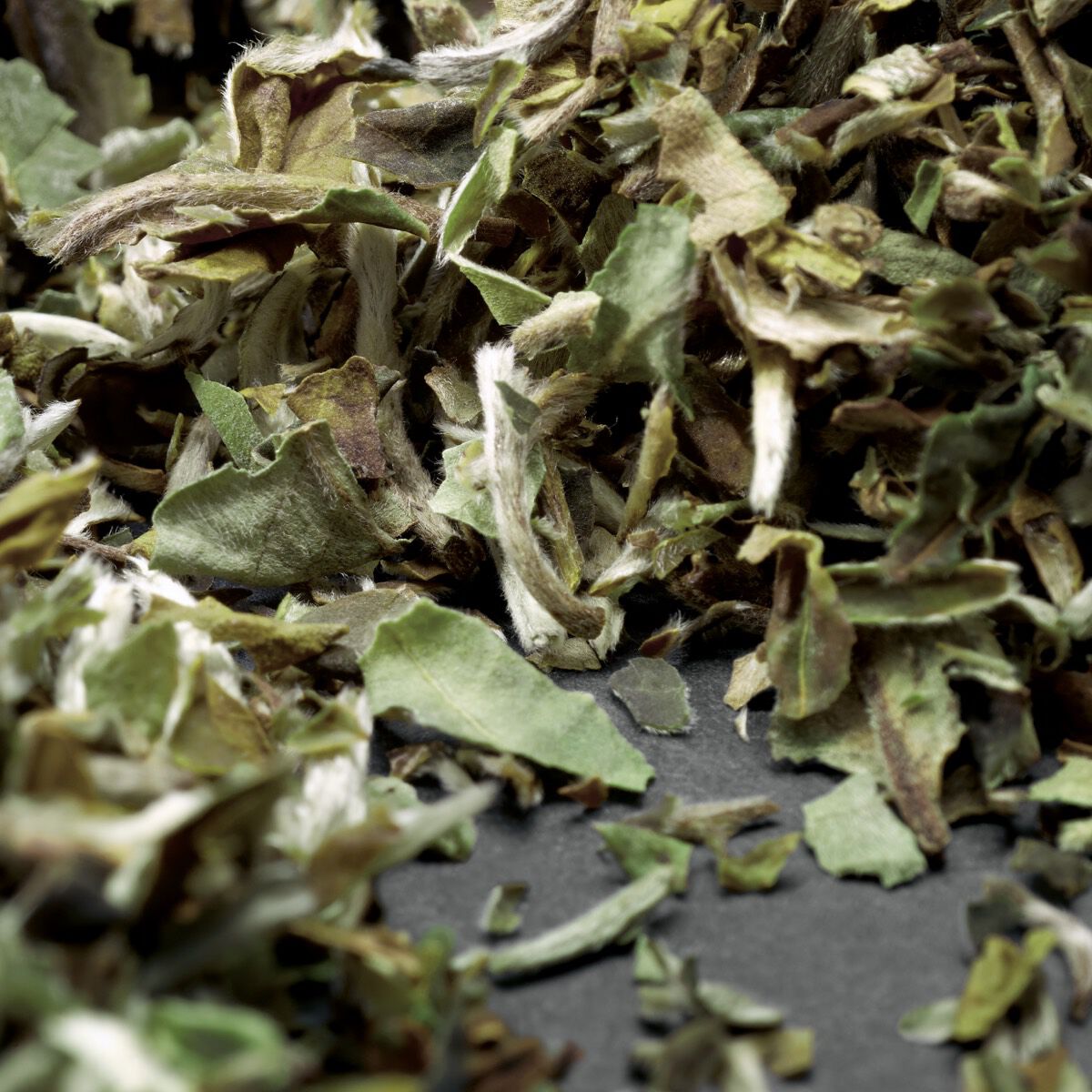
#4 Right time, right taste
Tea pickers need not only adeptness but also perfect timing. Picking too early results in low yields and picking too late impacts negatively on the quality. Ideally, the leaves should be harvested when they have grown three to five buds and have reached the right size.
Once this is the case, time is of the essence: it often only takes a few labour-intensive days before the fresh shoots have become too big. On average, a worker picks between 16 and 24 kilograms of green leaves a day, which ultimately produces between four and six kilograms of tea.
#5 Top class
With a delicious tea, not everything ends up in the cup. Manufacturers process different parts of the tea plant and this differs from type to type. For most varieties, two leaves and a bud are generally harvested, namely the two best leaves including bud. Why is this the case? The youngest and best leaves are found at the tip of the tea plant, because they contain the highest concentration of natural ingredients. For white tea, one of the rarest types in the world, only the bud, also known as the “silver tip” is picked for this very reason.

More articles
More articles

Not less, but better.
Sharpening one's own awareness. Recognizing what one really needs. Giving things new appreciation. That's what minimalism is about. Following the motto 'less is more', more and more people are embracing the desire for clarity and order – even in the design of their homes.

Should we always follow our nose?
23,000 times – that´s how many breaths we take on average per day. And that means a multitude off different scents float in through our nose evoking a wide variety of reactions in us. In this article we´ll explain the psychological reasons behind this and why we should let our noses discover new things more often.
